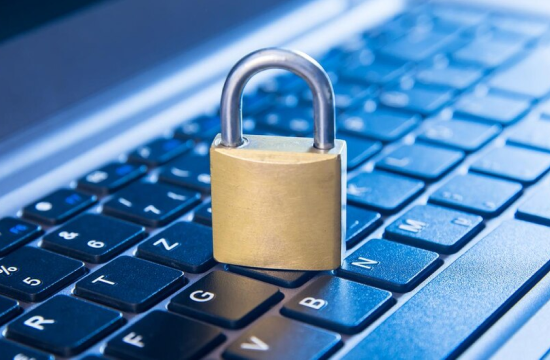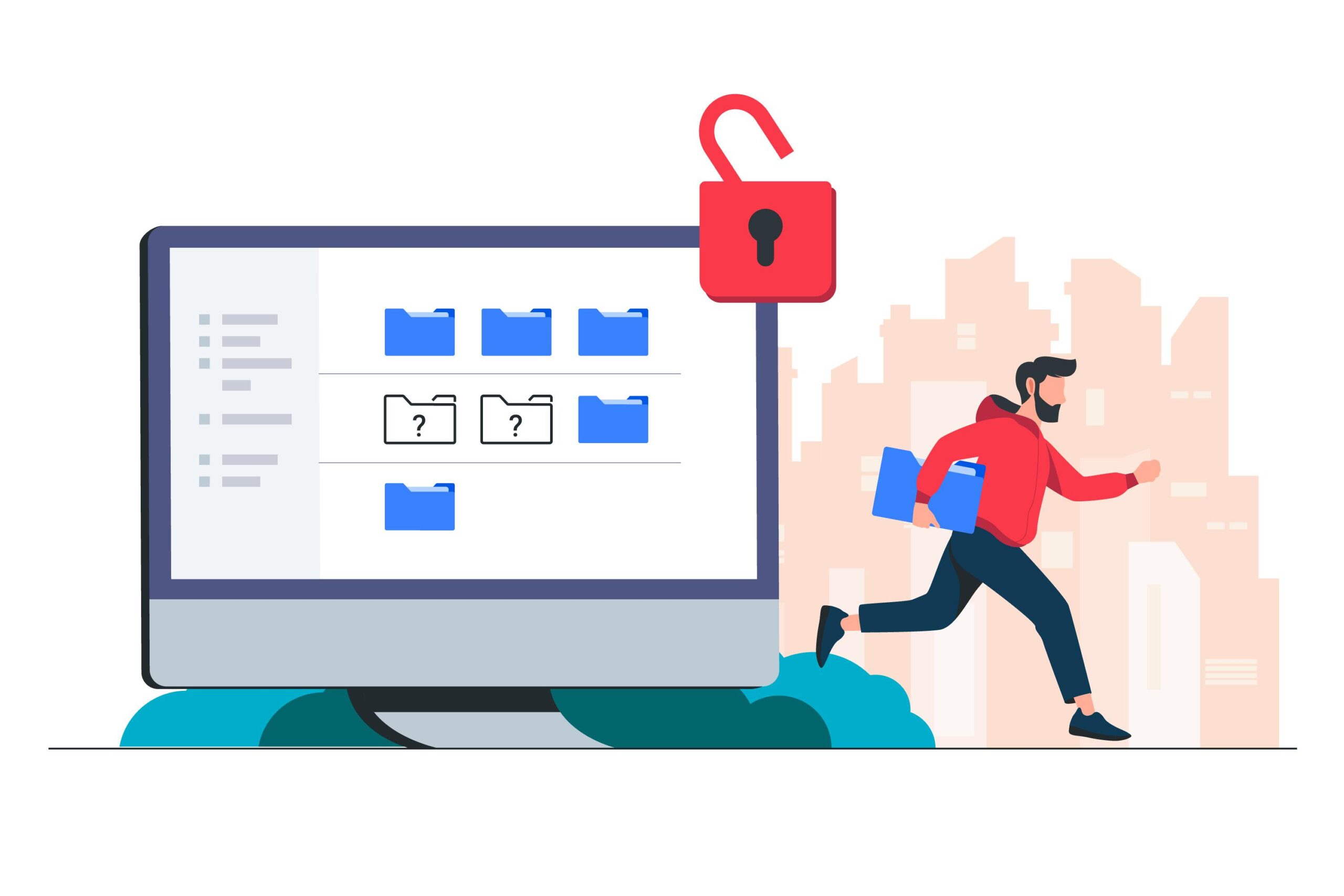In today’s world, data is everywhere. From individuals to big organizations, data is used by everyone on an everyday basis. This data might include sensitive information, such as personal details, social security numbers, bank details, etc. Due to data sprawls and a lack of tools, data governance is difficult for businesses to practice.
Data protection gets even more problematic in large organizations and companies where data plays an important role in everyday decision-making; data ending up in the wrong hands can expose the company to financial risks.

Further, in the context of the current COVID-19 situation, wherein lots of people work from home, the need for data security and protection has become exceedingly pivotal.
What Causes Data Breaches?
Cybercriminals introduce data breaches by utilizing system weakness to get unauthorized access to the data. Here is a list of potential loopholes and weak points that a cybercriminal could use:
- The login credentials of a given system or server are weak
- Malware or ransomware could be used to attack the security system and gain access to the data
- Phishing attacks through mails or messages that contain a link or attachment with malicious content
- Stealing hardware devices like laptops or hard disks with sensitive information. (This is why care should be taken when a system experiences issues; a trusted person or organization should be chosen to repair the system)
- When there is no access control and anybody can access the data
- Insiders in the organization who might leak data to an outside party
- An error in the system that breaches security and allows data access to outsiders
Maintaining foolproof security of data is very important, especially in the cloud, since there is no complete control over the security controls in such an environment. That being said, it isn’t impossible to reduce the impact of a data breach in the cloud.
Few Recommendations to Mitigate a Data Breach
Even large organizations and businesses go through security breaches that lead to data loss and the release of highly sensitive data to the general public. It is especially difficult for smaller organizations and enterprises that do not have any proper security measures in place. Here are a few steps that your organization can take to ensure that data breaches are minimized:
Know Where Your Data is
The first thing that any organization needs to do is to be cognizant of the nature of the different data available within the organization and to categorize them into highly sensitive data and data that is not that sensitive. Doing this will help implement data security policies all over the organization much easier and faster.
When you aren’t aware of these details about the data, it becomes very difficult to protect the data. E.g. An unprotected IoT network can be a source of attack through which cybercriminals can gain access to sensitive data.
Protect Against Phishing
Phishing is a kind of fraud that can be hard to figure out. Even experts and professionals who have been in the field for a very long time might fall prey to this scam. Misuse of a few basic software engineering techniques can be enough to cause a cybersecurity risk.
These software engineering techniques allow cybercriminals access to sensitive data using a small breach in the system, like a weak administration password. Emails and messages are a common means by which they can gain access to sensitive data.
One way to fortify security against data breaches by phishing is to implement additional security measures with limited access to data for external sources without authorization. The employees of the organization must be trained to detect potential scams or phishing attempts and take necessary steps to ensure data security.
Ensure That the Organisation Follows Data Breach Regulations
Every industry and field has its own set of industry and government compliance guidelines in order to ensure cloud security and reduce data breaches. These regulations must be strictly followed by organizations belonging to that particular field or industry. Here are a few examples of regulations that need to be followed by specific sectors:
- Financial Industry
Any institute or organization that deals with any kind of sensitive financial information must follow the Payment Card Industry Data Security Standard (PCI DSS). This dictates who handles and protects sensitive financial details such as bank account numbers, credit card numbers, etc.
- Health Industry
Health Insurance Portability and Accountability Act (HIPAA) is a regulation guideline for data privacy in the health industry. This includes regulations on how patients’ personal information such as the patient’s name, date of birth, social security number has to be handled, and by whom. It also outlines the legal actions to be taken against personnel who breach this regulation.
Conclusion
The success of a business and the protection of the personnel involved depends on the cloud security’s ability to reduce cyber security risks by making access to data discovery and other sensitive information in the system very difficult for cybercriminals. Data privacy can be assured in the following ways:
- Making access to data more secure
- Making sure the personnel involved in data security are trustworthy
- Training personnel to detect phishing scams
- Upgrading cloud security based on the type of data it stores
- Following data security policies and guidelines of the particular industry the organization belongs to.



